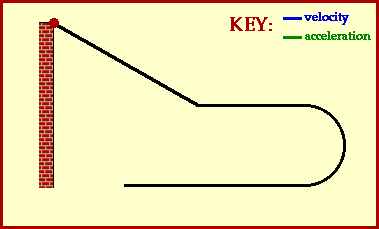This website explains how ballet is related to physics. This site had a lot of really good information and great explanations. It explained which moves involve physics as well as how to apply it. Kevin Laws is the author of this article, he is actually a ballet teacher now, and he has written three books. He says it’s important that ballet dancers see the value of scientific perspective. He says that dialogue between science and ballet can produce concrete results. He also explains that there is so much more to ballet than just strong toes and practice.
This website was helpful because the author gave multiple examples of how ballet involves physics, as well as real stories as to how he explained to his students the involvement of physics in ballet. This article also taught me how to apply this while I’m doing ballet.


